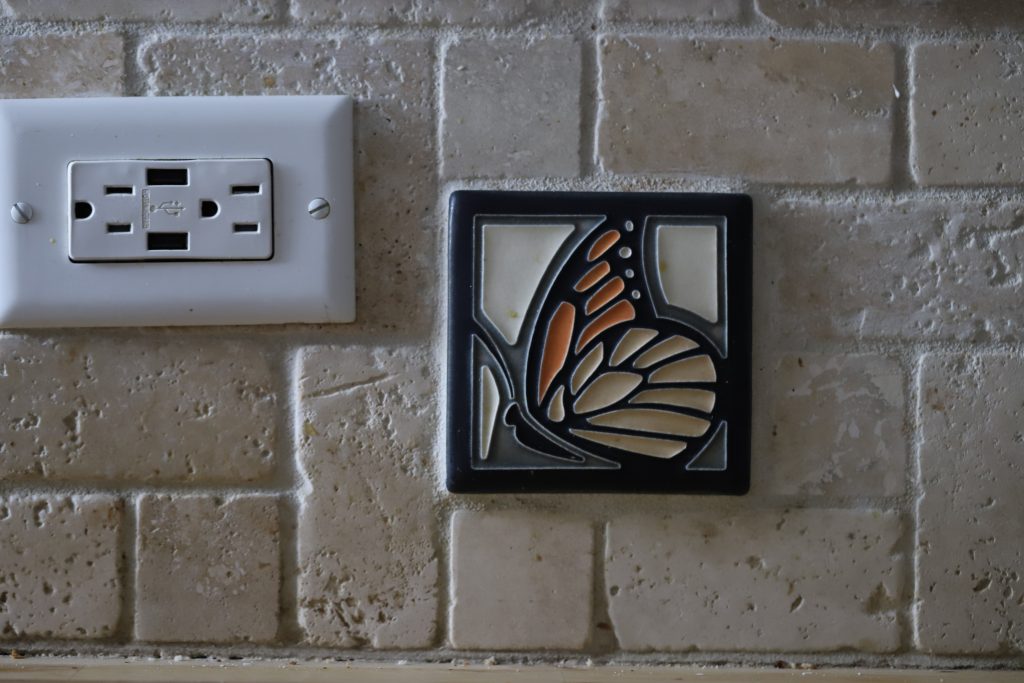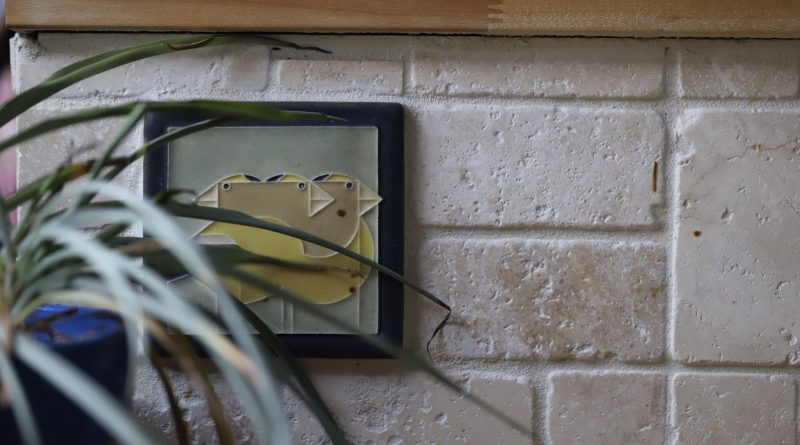People Deserve Beautiful Things
When I was working full-time in housing development, I endeavored to push builders to think beyond the white-trim-on-grey-on-grey-on-grey color palette that many house flippers favor. One of the things that I included in all of my scopes was that builders install a handful of ceramic art tiles (Motawi, specifically) in specified locations– usually the kitchen. This, I argued, added depth, uniqueness, and, importantly for us to be able to make back more of our meager budgets for the inventively-funded (n.b. “shoestring”) program, curb appeal. I know you guys probably didn’t expect me to go full high-minded, lofty architect on you, but let me just throw it out there: People deserve access to pretty things. This is coming up in discussion of how we should redesign certain spaces in the SDBA program.


I once asked Rico Razo why all of the buildings his program was churning out looked like every other house flipper’s project. Grey walls, grey floor (Luxury Vinyl Plank), and white trim. Shrug emoji, he responded. It sells. It sells, sure. It sells not because it’s good design, but in spite of the fact that it’s bad design. The grey-and-white blueprint (greyprint?) has been developed as an extremely boring design standard that has become universal. Again, not because it’s good design, but because it’s ubiquitous and easy. Homeowners look at it like a blank slate. It’s clean, like a plain white tee, a rental car, or a blank piece of 8.5×11 paper. It communicates that this space has been renovated. A lingua franca of architectural banality.
We don’t need to get into why vinyl is a bad material, but it’s also popular because it’s sufficiently durable to withstand a lot of abuse, and because it’s cheap and easy to install. Hardwood unfortunately does not hold up to the Detroit levels of disinvestment that it’s frequently subjected to– through abandonment and architectural decline. Water, in particular, will damage a subfloor, but perhaps not catastrophically. It will, however, wreck hardwood flooring. In other words, there are reasons why people use these terrible materials. But having a reason doesn’t make it a great reason.


The pictures I’ve included here are from my own house in Southwest Detroit, where we built a kitchen island with different sizes of travertine limestone tile (the light brown rectangles and squares), a finger-jointed birch butcher block (thank you, Menards), and the accent pieces, Motawi art tiles. We thought about Pewabic, which seems like the objective choice for a Detroit home. But the Motawi ones are just positively delightful, and I like the fine lines and color detail better than Pewabic. These protrude from the backing surface by just a couple of millimeters, which also adds a nice depth. I was inspired by my parents’ kitchen, which used tiles from the Moravian Tile Works in Pennsylvania. There are probably plenty more around the country closer to whatever geography you’re working in. If you don’t want to do art tiles, do some other kind of accent.
If you, like my builders, find yourself balking at spending $200 on four art tiles, consider that this is a tiny percentage of the total construction cost. There are plenty of examples of why you should never skimp on individual line items when you have the opportunity to buy something really nice for not much more money. It doesn’t cost a plumber any more money to install a $300 faucet than it does for him to install a $30 one. The $300 one will likely last longer and will usually be a bit more aesthetically appealing than the $30 one. If your total bathroom renovation cost is $4500, well– you can do the math there. As far as what other things it doesn’t make sense to skimp on, that’s probably a whole ‘nother article!
The idea of artistic accents brings a new dimension to surfaces and spaces that might otherwise be disregarded. I’ve always tried to bring this into houses I’ve renovated, and I remember one buyer of a midcentury home in Indiana telling me that it was the addition of a new, huge window unit in the kitchen that really sold the house. I had pushed to install this feature and the developer had balked before acquiescing, finally admitting that the addition of a ton of new light on the south-facing elevation completely changed the character of the space. Homes need to be comfortable, they need to be ergonomic, and they need to be beautiful. Beauty isn’t particularly expensive. But in the age of thoroughly unimaginative real estate developers who are apparently afflicted with a severe case of protan-deutan-everything-else-tan color blindness, it’s necessary for builders to push the envelope to create more depth in space.
Check out Motawi Tile in Ann Arbor or Pewabic Tile in Detroit.


